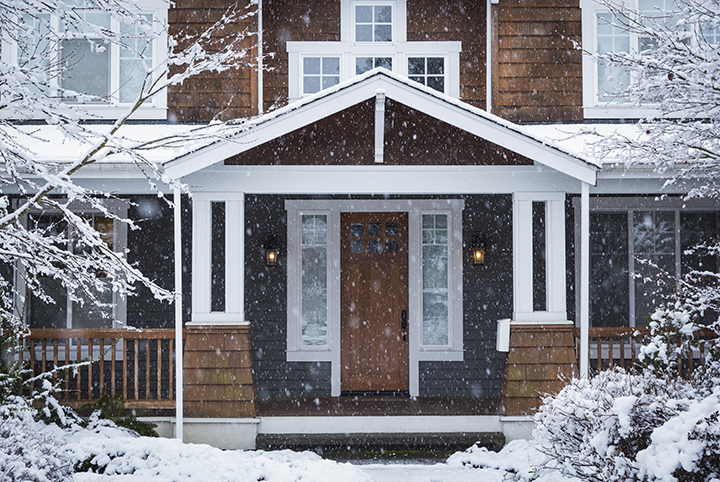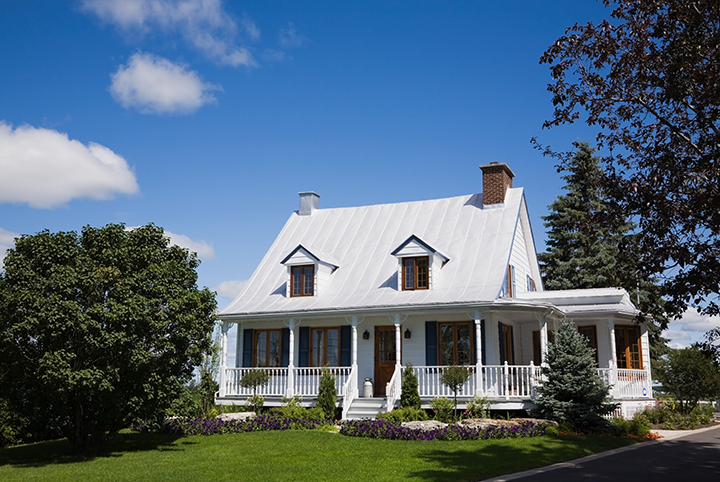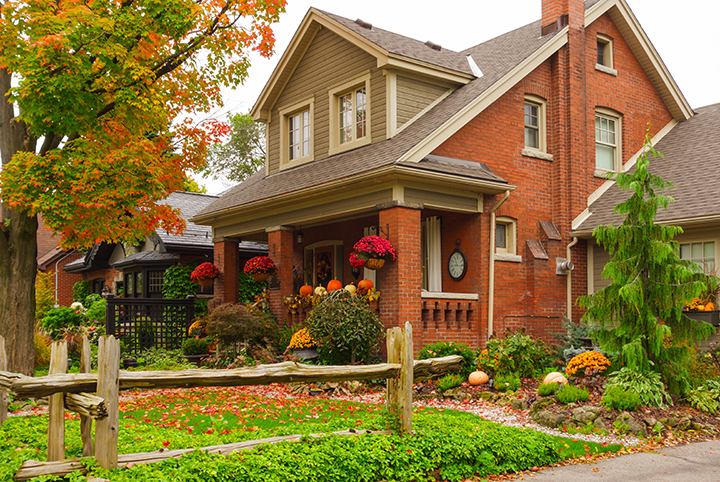
Scott McGillivray is a real estate expert and host of HGTV Canada’s Income Property and Moving the McGillivrays.
Selling your home this year? If the answer is yes, think long and hard about how you’re going to prepare. Because as the seasons change, so too do the best practices associated with listing your property. Here’s what you need to know.
Winter
As a general rule, winter is the slowest season for real estate, so make this work for you by using the time to do your research and get prepared. Give the house a really good once-over and make note of any fixes that need to be made. You might even want to consider a professional home inspection, so you know exactly what you’re dealing with. Decide if you’re going to sell as-is or if you’ll take care of the fixes – I usually recommend the latter. Also, check out real estate agents in the area and decide who you’re going to use. Having said that, if you must put your home on the market in the winter, try to price aggressively and be prepared to negotiate. With fewer buyers looking to purchase in the off-season, you may need to entertain some lower-than-expected offers. Be aware of this, so that you’re well prepared when negotiations begin.
Related: Fall and Winter Maintenance in a Rental: Who’s Responsible?

Spring
Spring is considered the high season for residential real estate, so make sure your home is ready to go on the market. Spring sales tend to move quickly, so hopefully you’ve already prepared and taken care of any major issues. As far as the smaller stuff goes, repair what you can and be prepared to negotiate on what you can’t. If you already know your home’s weaknesses, you won’t face any nasty surprises when the offers start coming in. The rest is simple: clean up, declutter and make sure your yard looks clean and well maintained. When it comes to the actual sale, you’ll want to know your ideal closing date and conditions before you enter negotiations. Decide ahead of time what you’re willing to compromise on and what you consider a deal breaker.
Related: It’s Time to Review Your Rental Maintenance Checklist for Spring

Summer
If you’re listing in the summer and live in a warm climate, be sure to take people’s comfort into account. You want potential buyers to feel good when they walk into your house, so make sure you’ve got air conditioning. If you don’t already have it in your home, rent some portable units for the open house (it should be clear in the listing that these do not come with the home). And while you’re at it, make sure to have cold drinks on hand. It’s a small thing, but it’s part of the experience that people will remember. Also, play up the outdoor lifestyle as much as you can. Set up seating on the front porch or in the backyard. If you have a pool, make sure it looks inviting. The idea is to extend the living space as much as possible, so people really feel that they’re getting some bang for their buck.
Related: Every Home Needs These 5 Things to Stand Out (No Exceptions!)

Fall
If you’re selling your home in the fall, you’re in luck. Fall is the second best time of year to sell, but the buyers are often made up of older people and millennials – not families. So play up the aspects that appeal to these types of buyers. For instance, if you’re selling a three-bedroom house, stage one as an office to show that it’s a multi-purpose space. Also, since it gets darker earlier in the evening, try to have viewings during the day. Houses tend to look better with natural light. I also highly recommend raking the leaves and cleaning up the yard. While fall leaves can look pretty on the lawn, all people will be able to think about is the amount of yard work they’ll have to do if they buy your house.
Related: Scott McGillivray Explains Why Fall is the Ideal Season to Sell Your Home

Images Courtesy of Getty Images
HGTV your inbox.
By clicking "SIGN UP” you agree to receive emails from HGTV and accept Corus' Terms of Use and Corus' Privacy Policy.



